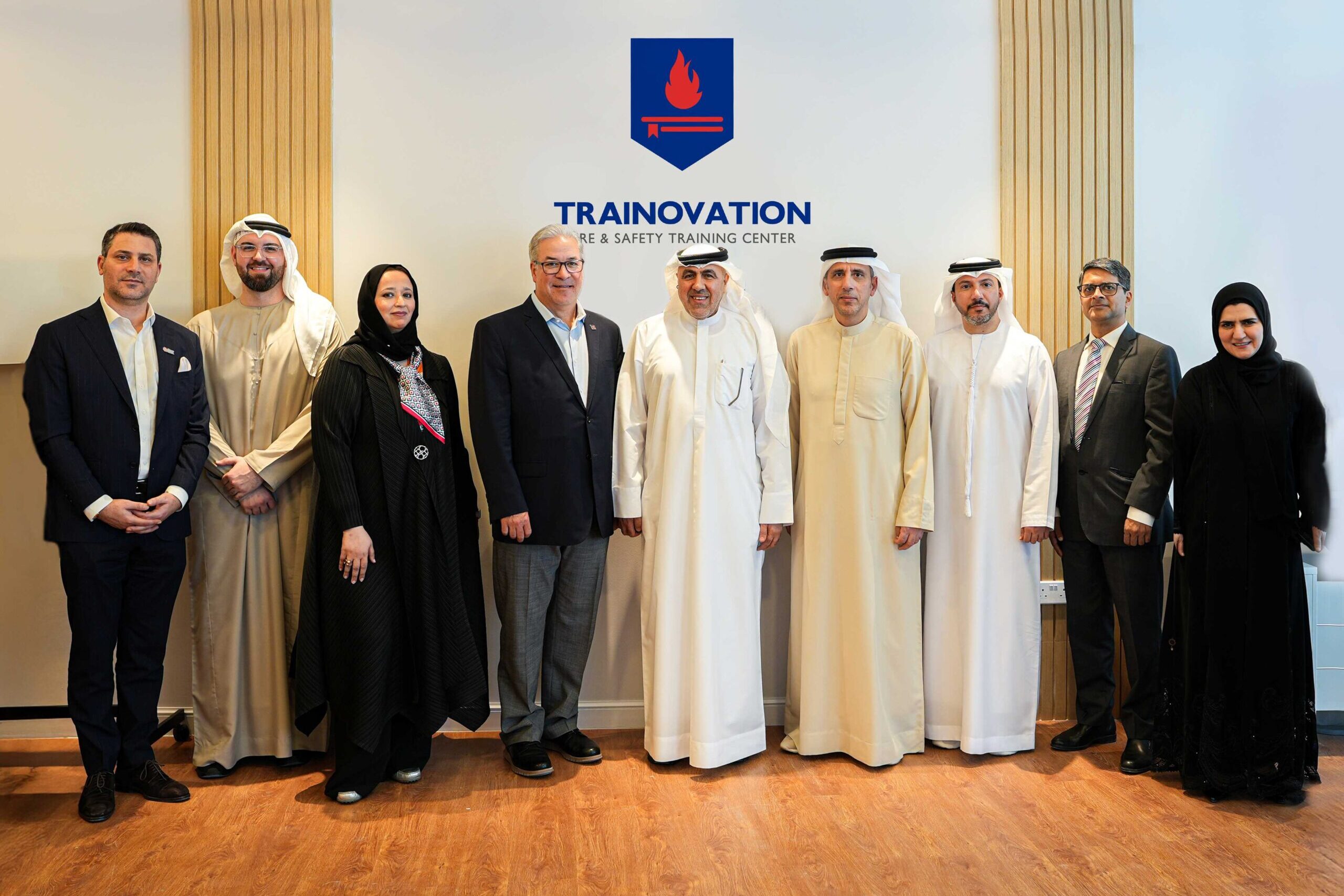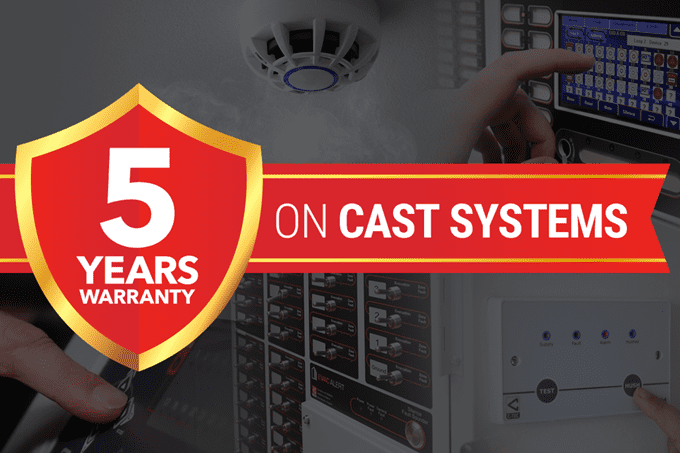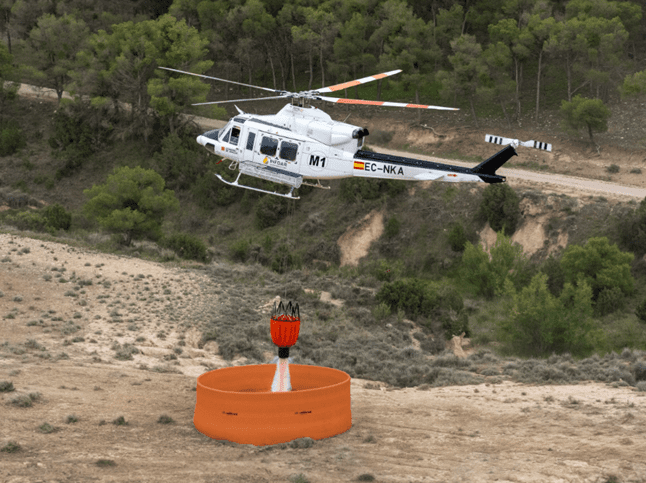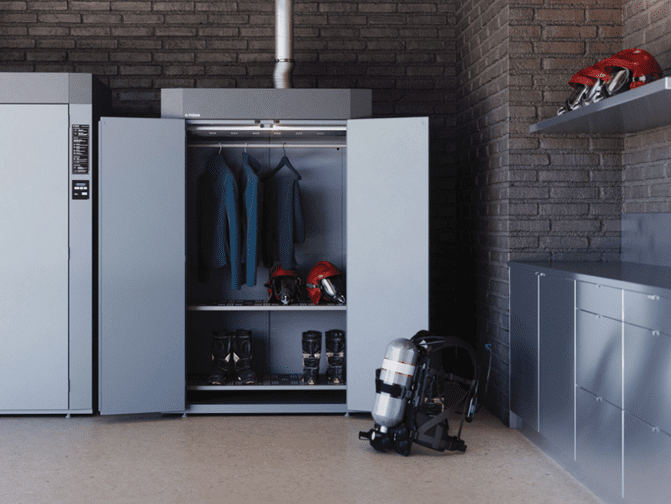Firefighting equipment, used by firefighters and commercial building use, must be rigorously tested, inspected and maintained to ensure the safety of people, assets and buildings
As set out in the Regulatory Reform (Fire Safety) Order 2005, a ‘responsible person’ must carry out a fire risk assessment to assess any fire hazards within the building, and take the necessary actions to reduce any fire risks and ensure all fire safety equipment is maintained at all times. Aside from commercial firefighting equipment in buildings and businesses, fire departments must also make sure that their firefighting equipment conforms to the latest regulations and standard. So how important is equipment maintenance, and what is the best way to do it?
SCBA maintenance
SCBA, or self-contained breathing apparatus, is critical for areas where the atmosphere just isn’t fit to breathe. Confined space workers and firefighters both utilise this equipment. But what happens when that equipment fails?
So what are keys to keeping your SCBA equipment functioning properly? SCBA gear is often subjected to really dirty environments. Dirt, grime, soot, sludge, all have to be cleaned from the mask, hoses and tanks on a regular basis. Check your manual, but most manufacturers recommend you first remove the filters, cartridges and tanks, then take the respirator mask apart by removing diaphragms and air hoses. Remember to inspect as you go and replace any broken or defective parts.
All the parts should be washed in warm water with a mild soap or detergent. Any dirt or contaminants that may have collected on the respirator gear needs to be scrubbed or otherwise washed away. Once everything has been washed, rinse the equipment with clean water.
Another option is ultrasonic cleaning where pieces of the SCBA system are submerged in a special tank where ultrasonic frequencies create bubbles that can get into even the smallest crevices and seams to remove all dirt or carbon residue. Once the ultrasonic has run its course, dry the equipment using an air dryer or a lint-free towel.
Hose maintenance
Firefighter hose is a hose used to carry high pressure water or flame retardant liquids such as foam. The traditional firefighter hose is lined with rubber and covered with linen fabric. Advanced firefighter hoses are made of polymeric materials such as polyurethane. Both ends of the hose have metal joints, which can be connected to another hose to extend the distance or to a nozzle to increase the liquid injection pressure. Well, do you know how to maintain a firefighter hose?
First, hose connection. Firefighter hose in the sleeve hose interface, must be padded with a layer of soft protection, and then with galvanized iron wire or throat hoop tight.
Second, the use of hose. When using the firefighter hose, the hose with high pressure resistance should be connected close to the water pump. After filling the hose with water, it should prevent torsion or abrupt bending, and prevent the collision damage of the hose interface.
Third, hose laying. When laying water hose, it should be avoided clip sharp objects and all kinds of oil, to the height of vertical laying water belt, to use water belt hook, through the traffic road laying water belt, should pad on the water hose guard bridge, through the railway, the hose should be passed under the track, to avoid water belt is broken by the wheel and intermittent water supply.
Fourth, prevent ice. In severe winter, when water supply needs to be suspended on the fire site, in order to prevent the water belt from freezing, the pump needs to run slowly to maintain a small amount of water output.
Fifth, hose cleaning. The firefighter hose should be cleaned after used. For the hose used to delivery of foam, must be careful to wash, protect the rubber layer. In order to clear the grease on the hose, can use warm water or soap to wash. For the frozen hose, it should be all melted, then clean and dry. It is not suitable to roll and store if it is wet.
Firefighting equipment is not only for firefighters, but also for the everyday man, with responsibility relying on a building operator or owner. Firefighting equipment in commercial use for fire safety, must also be rigorously tested and inspected to ensure proper maintenance.
Fire safety maintenance
It is essential that you have fire safety equipment in place in your commercial property, positioned in accessible locations should there ever be a fire. Both passive and active fire safety equipment should be regularly checked for any signs of wear or damage, in order to ensure they are working correctly at all times.
Equipment checks can include:
- Fire Doors: Ensuring fire doors are operating correctly and can be shut without obstruction on a daily basis.
- Fire alarm testing: A weekly fire alarm test (on the same day and at the same time is best practice in order that employees and visitors to your site are aware that a test is being conducted).
- Get testing: Regular monthly testing of emergency lighting systems, fire extinguishers.
- Test all equipment: Any additional fire safety equipment in place such as fire blankets or sprinkler systems should also be tested.
Fire Extinguisher Maintenance
Fire extinguishers are a vital part of fire safety systems in commercial and industrial premises, providing an effective way of tackling small fires before they can spread and cause real damage to buildings and their contents.
It’s therefore essential to ensure that your fire extinguishers are frequently maintained and kept in a functional condition. Your fire extinguishers should be maintained by a BAFE approved company in order to guarantee they have been serviced by a competent person, whose service activities are approved by an accredited third party.
On a monthly basis, the pressure gauge should be checked on all fire extinguishers, and on a yearly basis it is a requirement that a qualified technician carries out a thorough check on all your extinguishers for any signs of damage, corrosion, and for them to be fully serviced and certified.
In addition to carrying out regular maintenance checks on your fire safety equipment, fire risk assessments are an essential part of fire safety in the workplace.
Regular testing
How can you ensure that your equipment doesn’t break down when you need it the most? Consider all the equipment there is to keep track of and combine that with all the other responsibilities firefighters have and it’s easy to see how equipment inspection could fall by the wayside.
Serious issues can arise if equipment goes unchecked for too long. People and property are far too often put in harm’s way when crucial inspections get missed. Proper maintenance is one of the most tedious parts of the fire service, but outside of training, it may be the most important. Implement these tips to keep your equipment up to the task, and secure Portable & Mobile Equipment insurance to protect your operation from losses relating to equipment failure.
Start and run your equipment regularly according to manufacturer or NFPA specs. Frequently check the engine, fluid levels, lights, sirens and tires on your apparatus. The same also applies to power tools and gear that gets used less often (saws, spreaders, and others). Even brand new trucks and tools will not work properly if they go unused for too long.
Inspections
Hopefully, you already have some system in place to monitor your checks such as a logbook, spreadsheet or software service. Be certain that these inspections and documentations are thorough and include everything from daily checks to ones that take place every few years; all checks comply with NFPA, manufacturer, and/or SOP guidelines. The documentation will hold up in court (no shortcuts or quickly jotted check sheets). There are even services that can automate this process.
Good inspections don’t necessarily mean taking your engine in every year for maintenance, though that is a smart idea. It requires that apparatus, equipment, and inventory are checked consistently so that you can take care of small issues before they turn into bigger, more expensive issues. While this may seem tedious, it can save time and money as well as save lives.
Training
It is crucial that everyone in the department knows how to operate the equipment, whether it’s powering a generator, working a circular saw, or running a hydraulic fan. This is not always an easy task, especially when you’re dealing with constantly evolving equipment and crews. Alleviate this by filming the more complex inspections being done, so that firefighters can reference them during their checks. You can easily execute this in-house simply using a camera phone and YouTube.
Jim Pauley, President and CEO, NFPA
The NFPA standards development process is one of the most longstanding and successful public-private partnerships on record – it dates back to 1896. NFPA facilitates the development of more than 325 health and safety standards that provide benchmarks for building and life safety, electrical systems, fire protection, emergency response, industry, worker safety, inspection testing and maintenance (ITM), code enforcement, and job performance, to name a few broad areas of focus. Designers, engineers, trade workers, manufacturers, insurance providers, consumers, regulatory agencies, enforcers, consultants, academics, and emergency responders around the world rely on our guidance to do their jobs successfully.
Could you imagine if there were no codes and standards? What is at stake? What if there were no standards for chemical processing or for safe electrical installation? How many injuries and deaths would there be? What about fire codes that dictate the number of exits in a building, or adequate fire detection and suppression? What about standards for personal protective equipment to reduce harmful exposure to our first responders? I’m sure you have examples in your mind right now from where you sit.
We work hard to raise awareness of safety practices, fire sprinklers and wildfire preparedness. We generate world-renown research, tackle emerging issues head on, and help inform policy makers. We don’t just react to tragedy; we anticipate the needs brought on by new technologies and innovation that require safety practices. We ensure there is robust discussion amongst those who devote time to the standards process or that share our mission, and then we bring the guidance in our standards to life in ways that resonate with different audiences.
Sam Milsom, Research & Development Manager, Pacific Helmets
The Pacific F15 Structural Fire Helmet combines the safety of Pacific’s unique DuPont Kevlar and Fibreglass reinforced composite shell technology with an advanced polymer chassis to revolutionise the firefighting experience.
The F15 incorporates Pacific’s latest designs such as the dual pivot face shield. Using an elliptic dual pivot system, the F15’s new full coverage internal face shield can be fully deployed when in use with a breathing apparatus to provide you with an extra layer of safety. The F15 also comes with the One Touch Eye Protector (OTEP) for easy, push-activated eye protection at times when full face coverage is not required.
The composite shell provides excellent impact and penetration protection and is lightweight and resistant to chemical, UV, heat, and flame. Pacific shells have a proven service life of 15+ years’ with proper care and maintenance. The unique chassis provides a platform for accessories and tech integration.
The F15 has an optimised center of gravity, giving it stability and a light weight feeling. Combined with 5 specially designed stages of impact attenuation, the result is a helmet that reduces neck and spine fatigue and provides greater protection against falls and impacts.
The F15 comes certified to major international standards for Structural Firefighting (AS/NZS 4067:2012, NFPA1971:2018 or EN443:2008) as well as NFPA 1951:2008 standard for Technical Rescue.
To stay up to date on the latest, trends, innovations, people news and company updates within the global fire market please register to receive our newsletter here.
Media contact
Rebecca Morpeth Spayne,
Editor, International Fire Buyer
Tel: +44 (0) 1622 823 922
Email: editor@firebuyer.com









